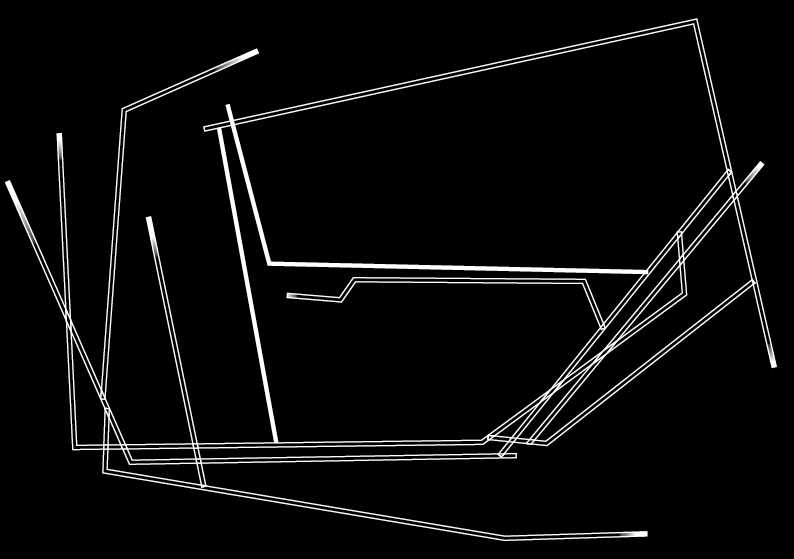|
Concept and curation
Yen Noh
Research assistance
Jaehoon Shin, Satoshi Ikeda
Performance
Mai Endo, Sakurako Yamamoto, Sakiko Yamaoka, Sam Stocker, Yen Noh
Sound
RHOMBVS (Yorm Han), Satoshi Ikeda
Coordination
Jaehoon Shin, Satoshi Ikeda
Advisory group for mapping
Jungtae Eun,Byum Soon Shin, Omuka Toshiharu, Soga Takaaki
Graphic design
Dongyoung Lee
Photo and video documentation
Jina Jeon, Kyoungho Kang, Joohui Jang, Mori Bozzo, Michiko Tsuda
Thanks to
Nobuko Aiso, Shinya Aoyama, Dongbeom Cho, Mai Endo, Jungtae Eun, Yorm Han, Alata Hasegawa, Satoshi Ikeda, Jens Bjørn Jensen, Isao Kanemaki, Namsoo Kim, Yu Kiyohara, Dongyoung Lee, Sven Lütticken, Mika Maruyama, Tsuyoshi Namigata, Koichiro Osaka, Byum Soon Shin, Sahara Shiori, Sam Stocker, Soga Takaaki, Ryota Tomoshige, Omuka Toshiharu, Clara Saito, Jaehoon Shin, Hypatia Vourloumis, Hiroki Yamamoto, Sakurako Yamamoto, Sakiko Yamaoka, Ito Yoshiyuki, ARCUS Project, Kanto Earthquake Memorial Museum, Seoul Museum of History
Supported by
Seoul Foundation for Arts and Culture, Seoul Art Space Mullae, ASAKUSA, The Book Society
|

